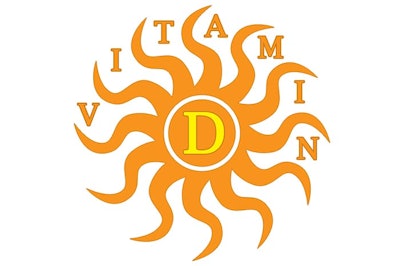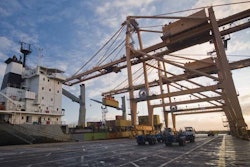
Vitamin D is one of the essential fat-soluble vitamins that we routinely supply in all animal diets. Although its nickname is “the sun vitamin,” modern farming practices prevent most animals from being exposed to direct sunlight to form sufficient amounts of vitamin D in their skin. And, as it happens, their feed ingredients do not contain sufficient concentrations of this vitamin to cover their needs, especially in high-producing animals. Thus is the need to supply vitamin D.
This vitamin functions in the most important homeostatic mechanism of maintaining calcium and phosphorus balance in the organism. Without it, the bones cannot maintain their proper structure. It's worth noting that vitamin D metabolites also play an important role in modulating the immune system and regulating muscle cell differentiation. It is interesting here to review how this vitamin works.
As it happens, this vitamin in its natural form (D3 or cholecalciferol) cannot circulate in blood as well as a water soluble compound (being a fat-soluble compound against the blood’s water environment). Thus, the organism must first attach another compound, a free hydroxyl group. The new compound is 25-OH-D3 and between us, we shall call it calcidiol. But, still, it is not water-soluble enough, and another hydroxyl group is attached, making it now 1,25-(OH)2-D3, or as we call it, calcitriol. Now, for making things clear, calcidiol is the main circulating compound in blood. When the organism needs the functions of vitamin D, it converts calcidiol to calcitriol, which is the compound actually responsible for controlling calcium and phosphorus metabolism.
So, by feeding more vitamin D3 one can reach higher circulating levels of calcidiol and calcitriol and enhance the beneficial properties of this vitamin, right? This is actually true to a certain point. As it happens, the organism has created a bottleneck in the liver at the point of converting D3 to calcidiol, and this is where commercial forms of calcidiol fit in the picture. A final bottleneck in the kidneys, which would not be safe to bypass, prevents toxic levels of circulating calcitriol.
The take home message: If you want to enhance the vitamin D status of your animals above what is attained with normal vitamin D3, you must invest in more refined forms of this vitamin. More to follow...

















